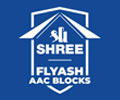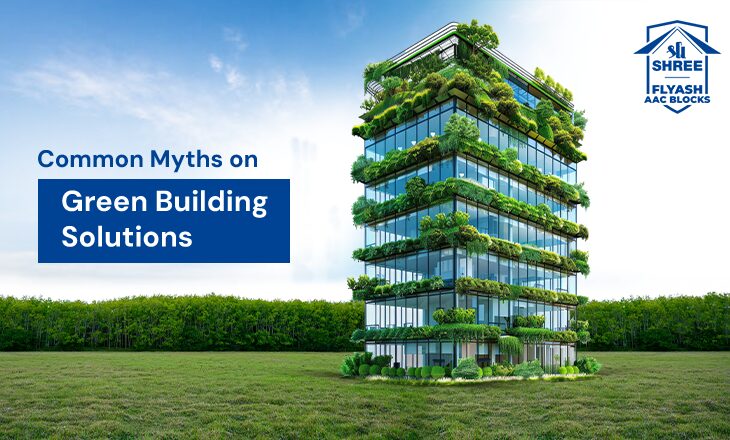Green building solutions have gained significant traction in recent years. This shift is largely fueled by the growing recognition of the need for sustainable, eco-friendly building methods. As global awareness and concern for the planet’s health increase, so does the interest in and demand for green building solutions. However, alongside the increased traction that green building solutions have gained, there has also been a concurrent rise in a number of misconceptions or myths. Such misunderstandings can often cloud the truth about these environmentally friendly construction alternatives, creating doubt, confusion, or misinformation. With an aim to clarify these misunderstandings, we are going to address and debunk some of the most prevalent misconceptions about green building solutions.
Myth 1: Green building solutions are expensive:
Contrary to popular belief, not all green building solutions come with a hefty price tag. While it’s true that some sustainable practices may require a higher upfront investment compared to conventional methods, the long-term cost savings and financial benefits they offer should not be overlooked. While there may be initial costs associated with eco-friendly materials, energy-efficient systems, or renewable energy technologies, they often yield substantial returns on investment in the future. For example, incorporating energy-saving features such as Flyash AAC blocks, LED lighting and high-performance windows can lead to significant reductions in energy bills, resulting in lower operational costs over time. Since buildings are designed to last decades, the cost savings are immense and easily compensate for the higher initial capital cost.
Myth 2: Green building solutions sacrifice comfort and aesthetics
Another misconception is that green buildings compromise comfort and aesthetics in favour of sustainability. In reality, green building design and technologies are focused on enhancing occupant comfort and well-being. From improved indoor air quality to efficient lighting and temperature control systems, green building solutions prioritise creating healthy and pleasant environments.
Myth 3: Green building solutions are only available for new constructions
Some believe that green building solutions are exclusively relevant for new construction projects. However, green building practices can be applied to existing structures through retrofitting and renovation. If you are a homeowner looking to add a floor to your house or renovate, such solutions can help you achieve sustainability.
Myth 4: Green building solutions are not durable or resilient
A common misunderstanding is that green building practices overly focus on sustainability, thereby compromising the durability of the structures built. Yet, this is far from the truth. In fact, green building solutions often prioritise the use of superior-quality materials and robust construction techniques that can significantly increase the structure’s longevity and resilience.
Take, for instance, the comparison between the use of red clay bricks and Flyash Autoclaved Aerated Concrete (AAC) blocks in construction. The compressive strength, or the resistance to breaking under compression, is a key measure of a material’s durability. The compressive strength of red clay bricks is lower compared to that of Flyash AAC blocks. Also, structures built with red clay bricks tend to be less capable of maintaining their structural integrity during seismic events. On the other hand, buildings constructed with Flyash AAC blocks show greater resilience due to their superior structural properties. The fragility of red clay bricks is another downside as they are prone to breaking easily. This leads to increased wastage during the construction process, which not only raises the overall project cost but also reduces the lifespan of the building.
Looking for eco-friendly Flyash AAC blocks for your next construction project?
Shree Flyash AAC Blocks are made out of 100% eco-friendly materials, making them a highly sustainable product. Using our Flyash AAC Blocks is more cost-effective than using clay brick. This is mainly because Flyash AAC weighs eight times less than clay brick, which substantially reduces the load on the foundation. Moreover, Flyash AAC blocks require only a third of the joints that clay bricks do. This translates into considerable savings on mortar and steel reinforcement materials, as well as a reduction in labour costs associated with bolstering the foundation. Our Flyash AAC blocks can be used for diverse construction projects, enabling builders to hand saw the material according to their specific needs. Some of the standout features of our product include high-levels of thermal insulation, resistance to earthquakes and pest infestations and fire resistance. Also, due to a process requiring no curing, our Flyash AAC blocks can cut down water usage in construction by almost 70%. To know more about the benefits of using our ec0-friendly Flyash AAC blocks, check this useful read.

